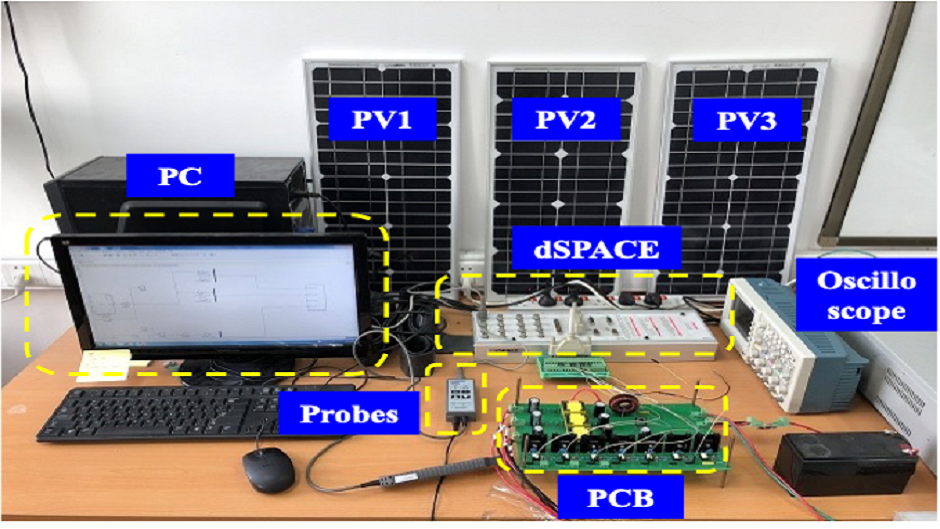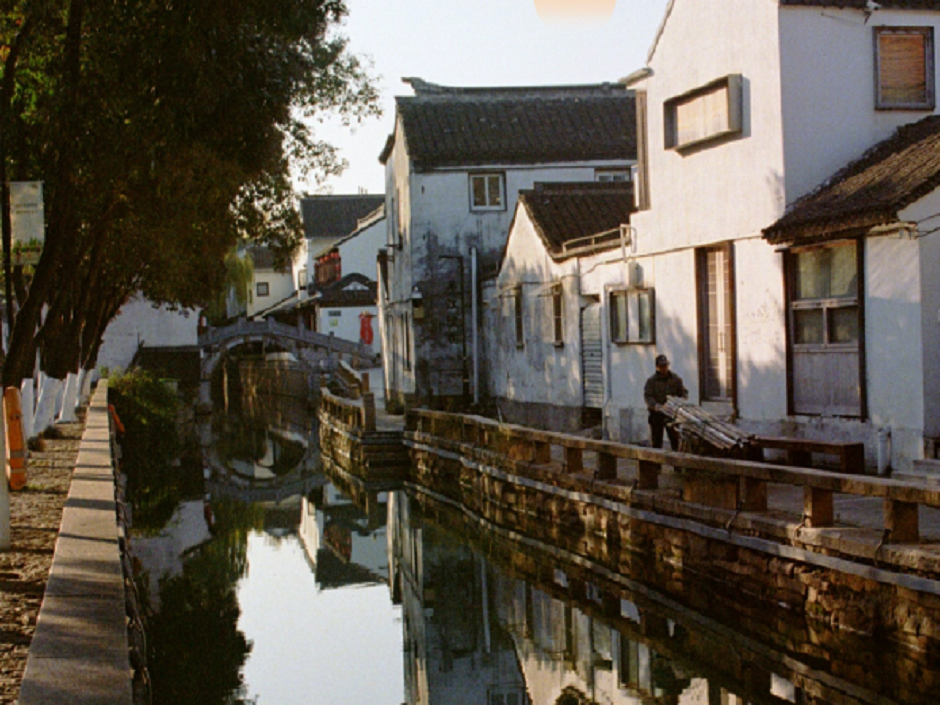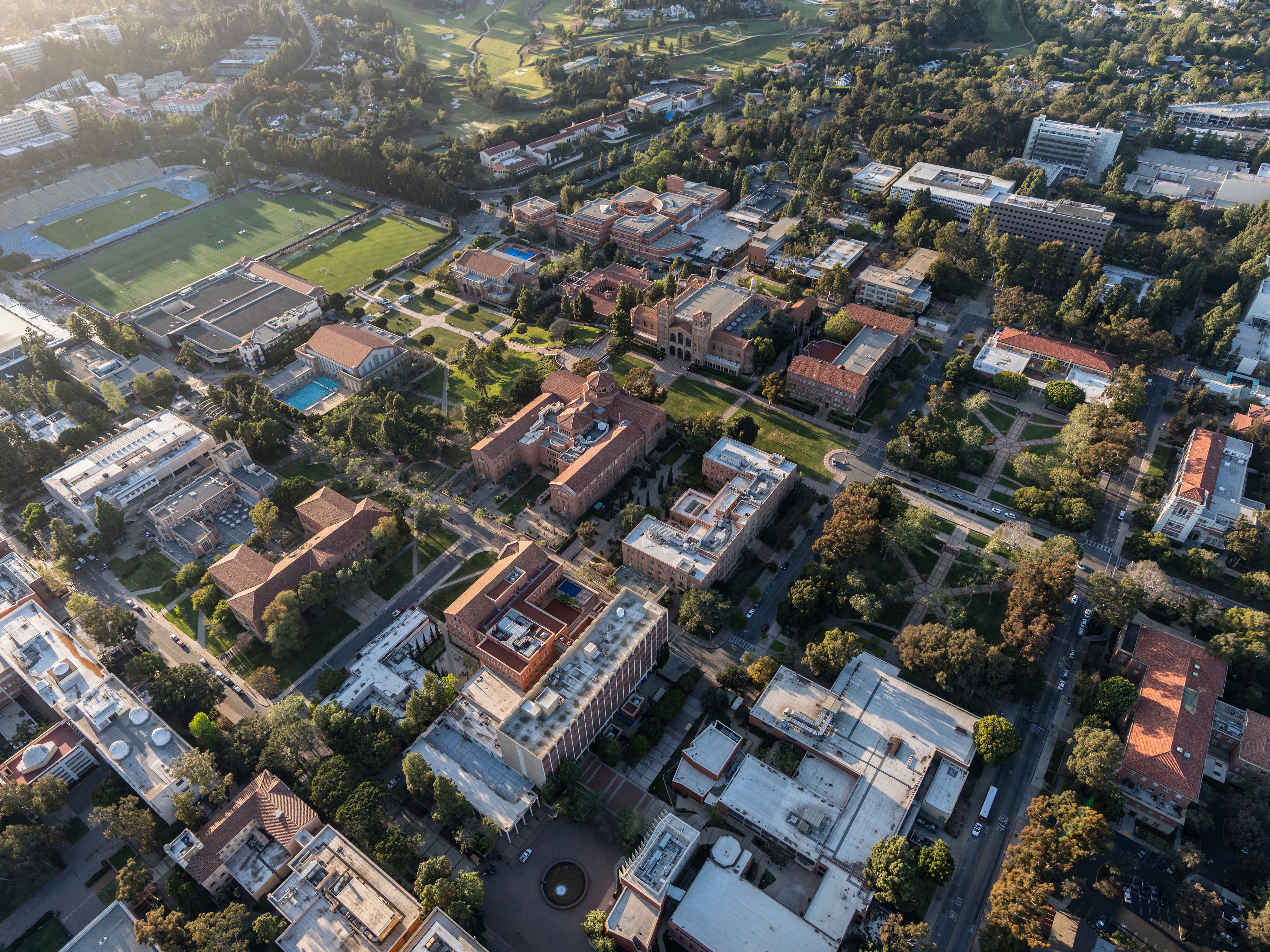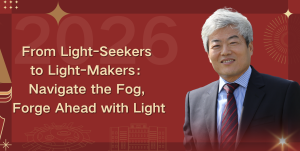27 Jan 2022
In part four of our sustainability series, Dr Huiqing Wen of the Department of Electrical and Electronic Engineering talks to us about his research into carbon neutrality and building-integrated photovoltaic (PV) systems.
1. Tell us a bit about your research
I primarily focus on renewable energy, such as solar (or PV), wind power, and hydropower.
Last year, China committed to a national climate change policy of peaking carbon dioxide emissions by 2030 and achieving carbon neutrality by 2060.
Carbon neutrality means the majority of power we use will come from renewable energy; in other words, there will be zero carbon emissions. So, some of my research is about making that goal a reality.
2. Can you introduce the project you are doing now?
One project I’m excited about at the moment is called BIPV, which stands for building-integrated PV. We’ve all seen pictures of vast solar arrays in empty fields, but BIPV is about integrating PV systems into buildings themselves, such as the windows, external walls, and roofs.
The PV module is a very special material, and my team is working on integrating it into conventional building materials.
If we can install PV panels all over the exterior of a building, it will be able to get its power supply directly from the PV system, making it a truly sustainable building. And the power supply structure will also change from a centralised power supply to a more efficient and flexible distributed power supply.

3. What is the biggest challenge with BIPV?
In cities, buildings are often very close to each other, meaning light distribution is a problem. If the PV modules are in shade
for most of the day, the output from that cell will be significantly reduced. We could lose more than 60-70% of the energy.
To overcome this, we equipped our PV modules with smart devices that can detect the output current. Then, we developed an algorithm to control the PV system, allowing for stable energy output even when light is blocked. This device can improve 20-30% of the output power efficiency if the module is in light shade. It can improve output by 30-40% in heavy shading.
We received good experiment results to validate the effectiveness of this algorithm and have published several papers on
it.
4. What do you love most about your research?
I think it depends on my role. I spent nearly 20 years focused on renewable energy as a researcher. I loved proposing valuable things to the research, such as algorithms, ideas, and strategies to solve real problems.
But now I am also a teacher. We have an excellent foundation for renewable energy research in our university, and we have two
master programmes related to it. As a supervisor, the most exciting thing to me now is when my students do well in the research projects and publish their work in good journals.
5. What does the future of the research look like?
The biggest constraint for this technology is cost. If you add up all the PV modules and smart devices, they cost a fortune. If we want building companies to use this technology in the future, we need to make it cheaper.
Part of the research is to find a solution, for example, by reducing the number of devices and simplifying the design while still retaining the same function. And that’s the next step for developing this technology: having a simplified version while still having good performance.
We hope this technology could someday be the default for skyscrapers and residential houses, so we’ll keep working on increasing effectiveness by decreasing cost so that everyone can use it in the future.

Prototype test in the university lab
By Huatian Jin
Edited by Patricia Pieterse
27 Jan 2022
RELATED NEWS

Sustainability: Solar power with Dr Jieming Ma
In part two of our sustainability series, Dr Jieming Ma of the Department of Computing talks to us about his research into intelligent robots and alternati...
Learn more

Sustainability: public transport with Dr Sophie Sturup
In part 3 of our sustainability series, Dr Sophie Sturup, of the Department of Urban Planning and Design, talks to us about public transport.1. Could you ...
Learn more







